What is automation in music?
In music, automation is a technique that allows you to automatically adjust a given parameter over time. For example, if you want to reduce the volume of an instrument for a specific section of a song or if you want to fade out, automation is your best friend.
How to use automation in a DAW
The most popular DAWs (Digital Audio Workstations) all have an automation feature, which allows you to adjust a parameter at specific moments in time. To do this, simply draw points and lines with your cursor, which represent the different values that this parameter will take. If you have a MIDI controller, you can also use its knobs or faders to record automation in real time.
1. Equalization (EQ): a versatile tool
Equalization is one of the most fundamental tools in music production, used to adjust the frequency balance of sounds. By automating the cutoff frequency of high-pass or low-pass filters, you can create striking dynamic effects. For example, by automating a high-pass filter, you can make a sound appear to gain or lose "weight" as it plays. Likewise, automating a low-pass filter can create an effect of immersion or withdrawal of a sound, as if it were submerged or rising out of water.
2. Panoramic: create a dynamic sound space
Panning is often used to position sounds in stereo space. By automating this setting, you can create an effect where the sound moves from one side of the listening space to the other. This can be particularly effective for creating a sense of movement and dynamics in your mix. You can also use stereo tremolo plugins to sync this movement with your project's BPM, which adds a rhythmic character to the effect.
3. Reverberation: playing with sound space
In reality, reverberation is often a fixed effect, determined by the properties of the space in which the sound propagates. However, with automation you can change these properties in real time. For example, you can automate the reverb decay time to simulate a room that "grows" or "shrinks." You can also adjust the balance between "dry" and "wet" sound to create varied atmospheres.
4. Pitch: bold effects
Automating the pitch of a sound opens the door to effects like "tape stop", where the sound appears to slow down and stop as if the tape was interrupted. For optimal results, it is recommended to automate the "fine pitch", which is measured in cents, rather than the transposition, measured in semitones. This allows for smoother and more continuous slides.
5. Synthesis parameters: pushing the limits of your instrument
Finally, automation can be extremely powerful when applied to synthesis. For example, you can automate the rate of an LFO so that it gradually speeds up or slows down, which can create tense or loose effects. Automating parameters like sustain, decay, or even different oscillators can also bring a new dimension to your melodies and harmonies.
Using audio buses for automation
If you want to apply the same automated effect to multiple tracks, using audio buses may be a more efficient solution, both in terms of time and CPU resources.
Automation opens up a world of possibilities for sound design, mixing, and more. We've only scratched the surface here. Feel free to share your own ideas and creative creations in dedicated community spaces, like the Splice Discord server.
And you, what are your favorite parameters to automate in your musical productions? Share your thoughts and creations with us!

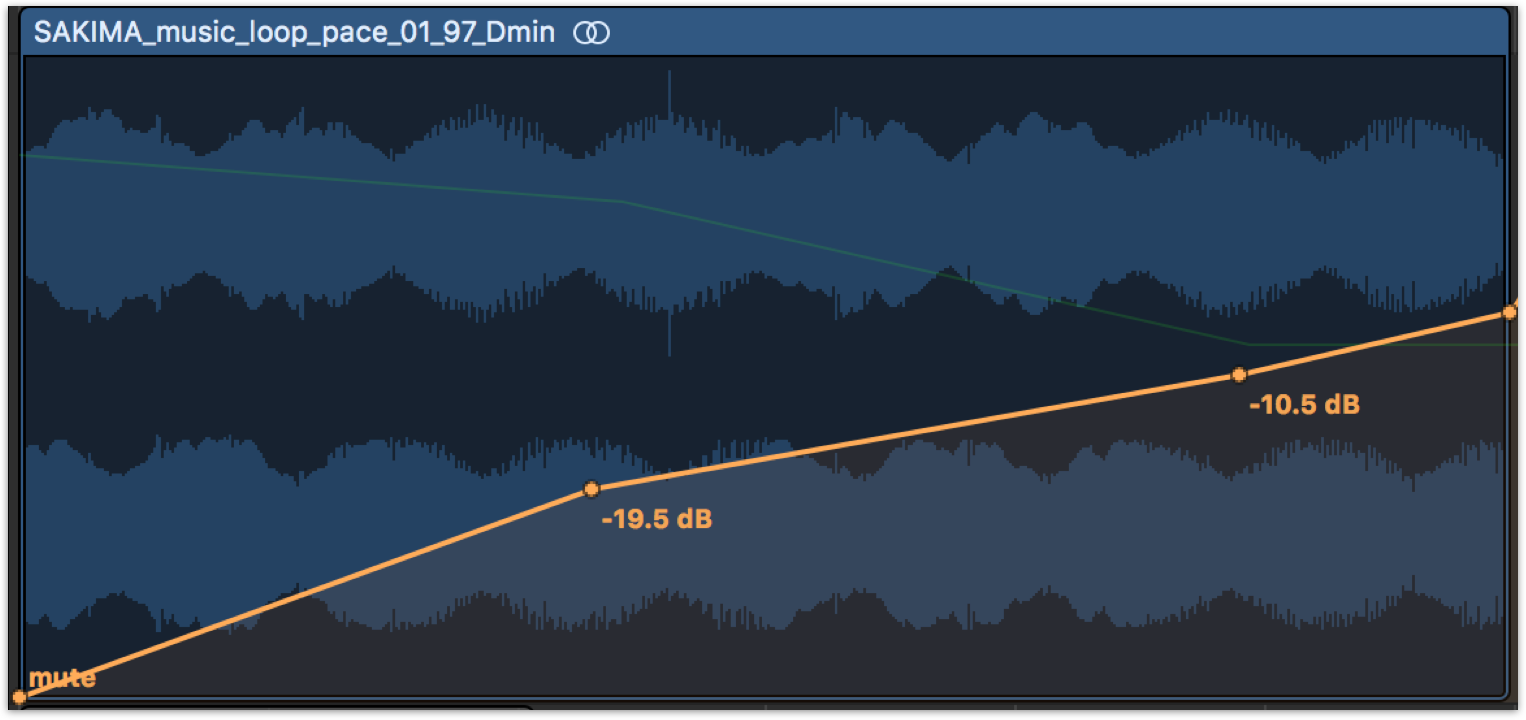
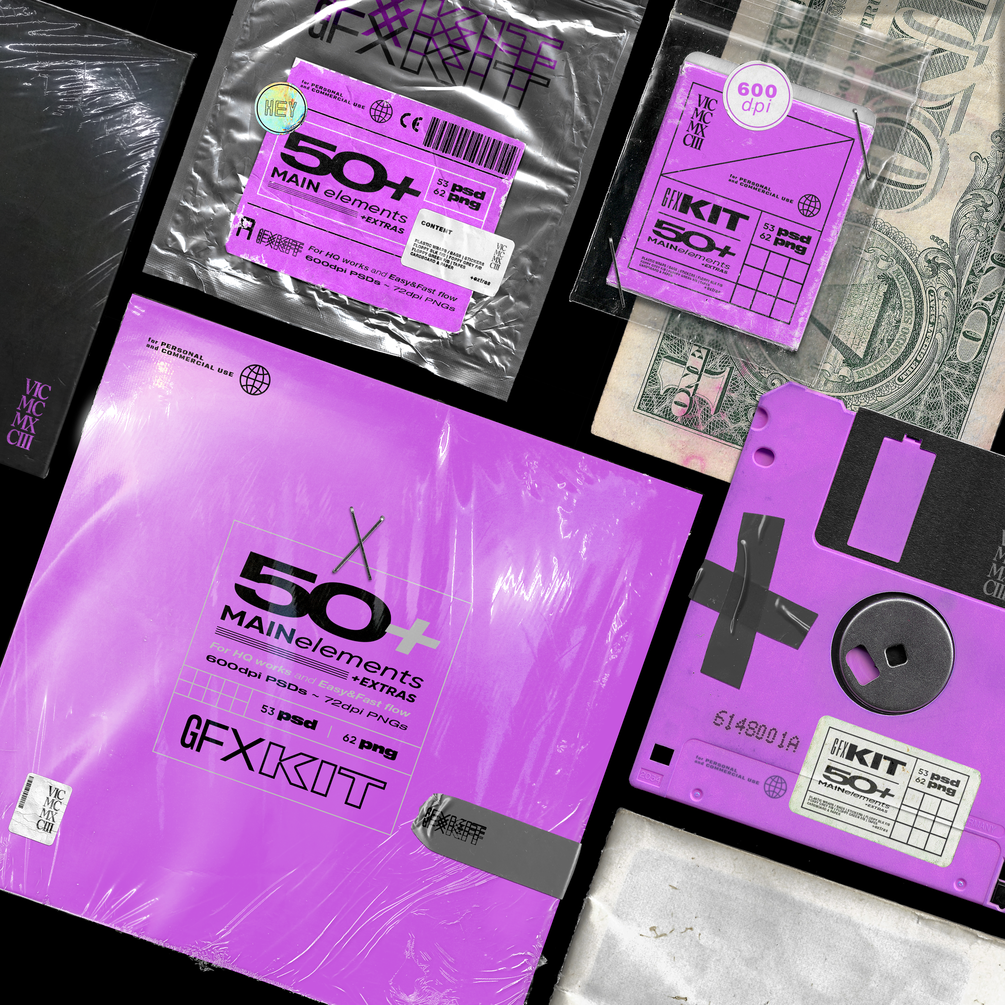
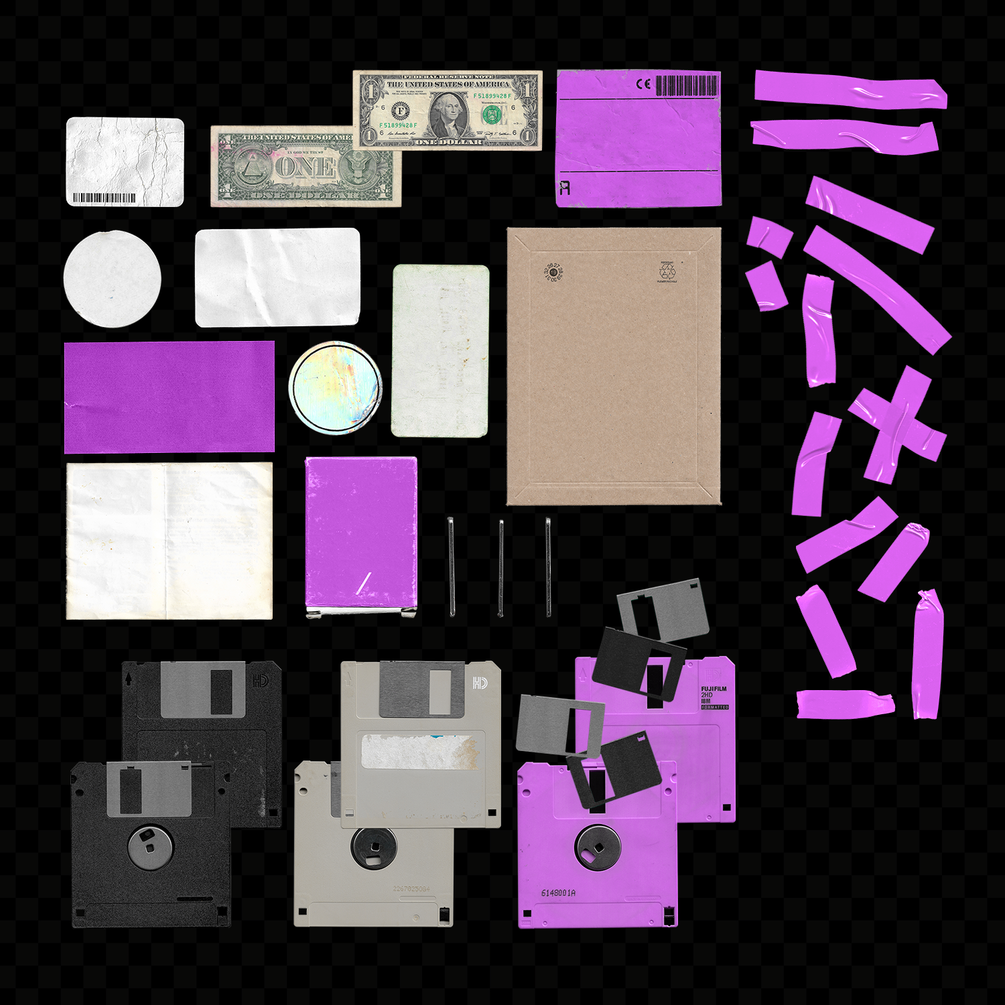
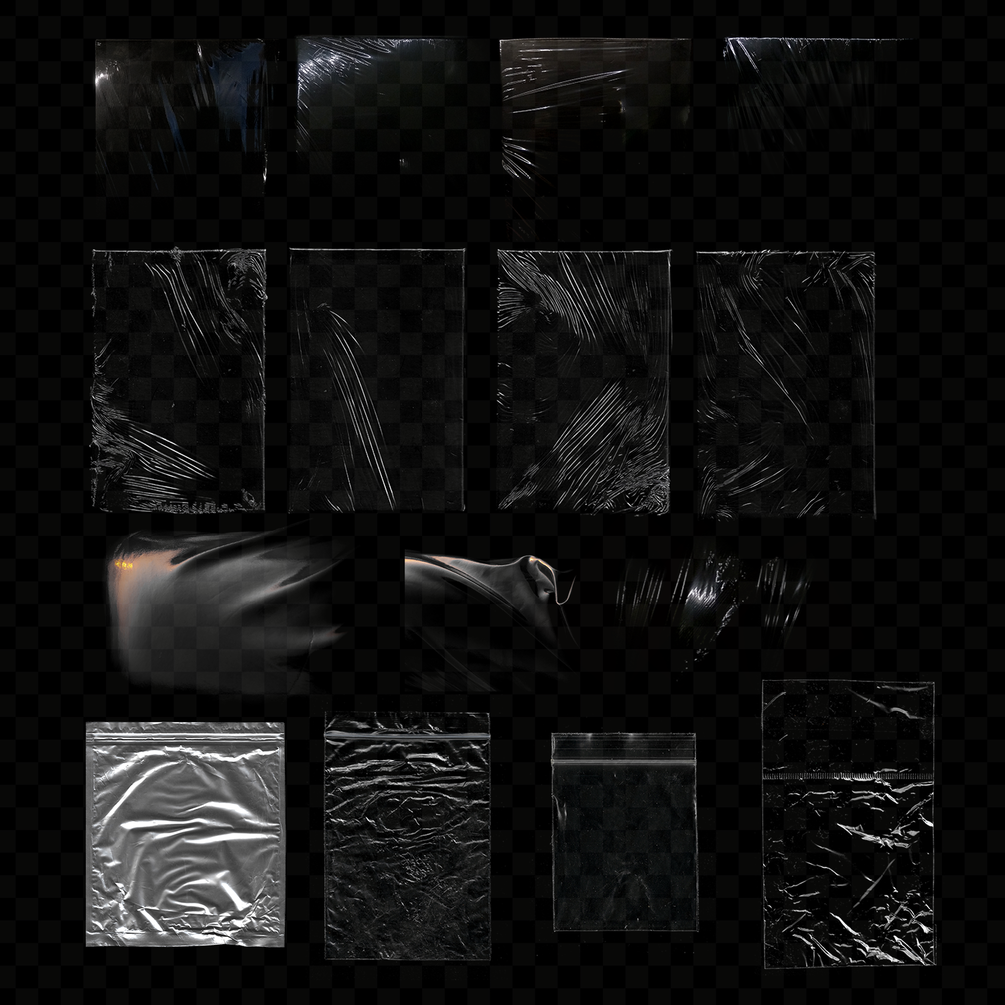
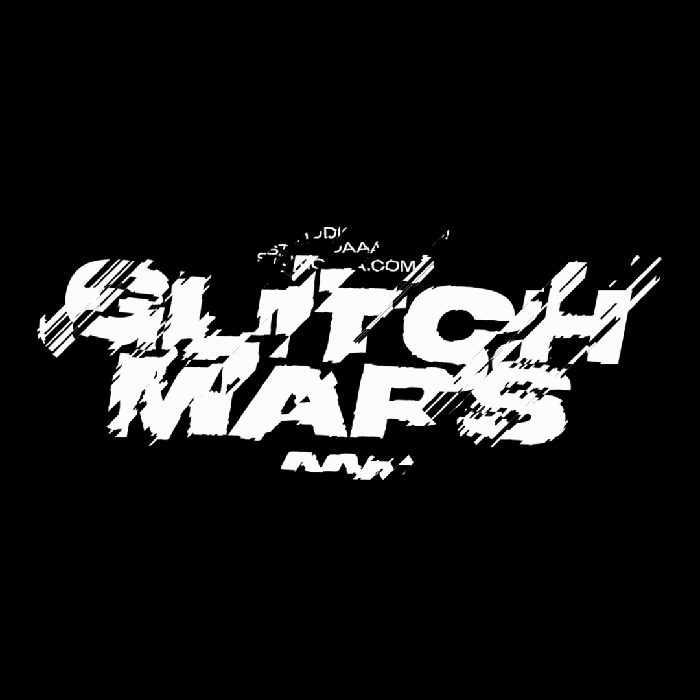
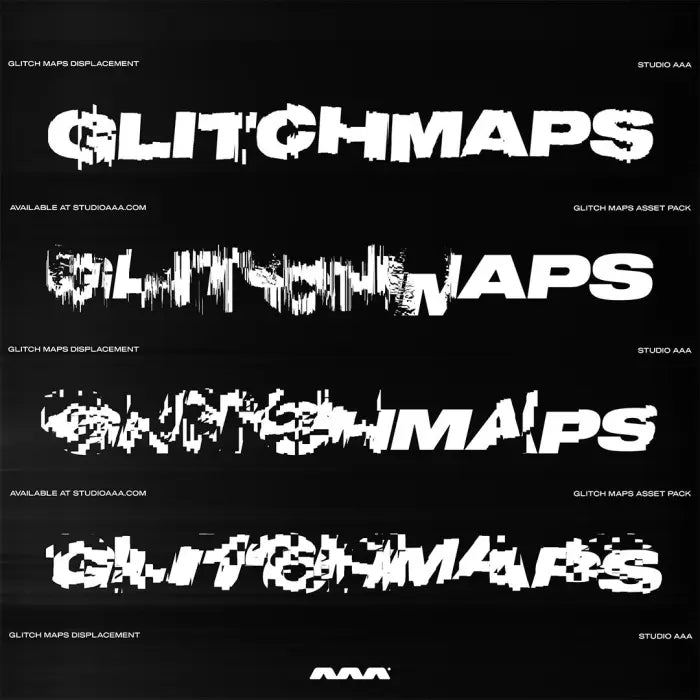
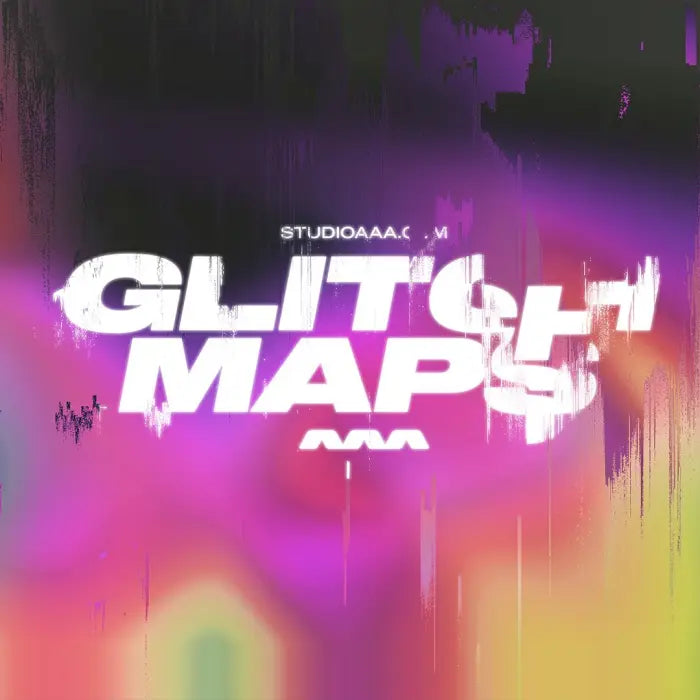

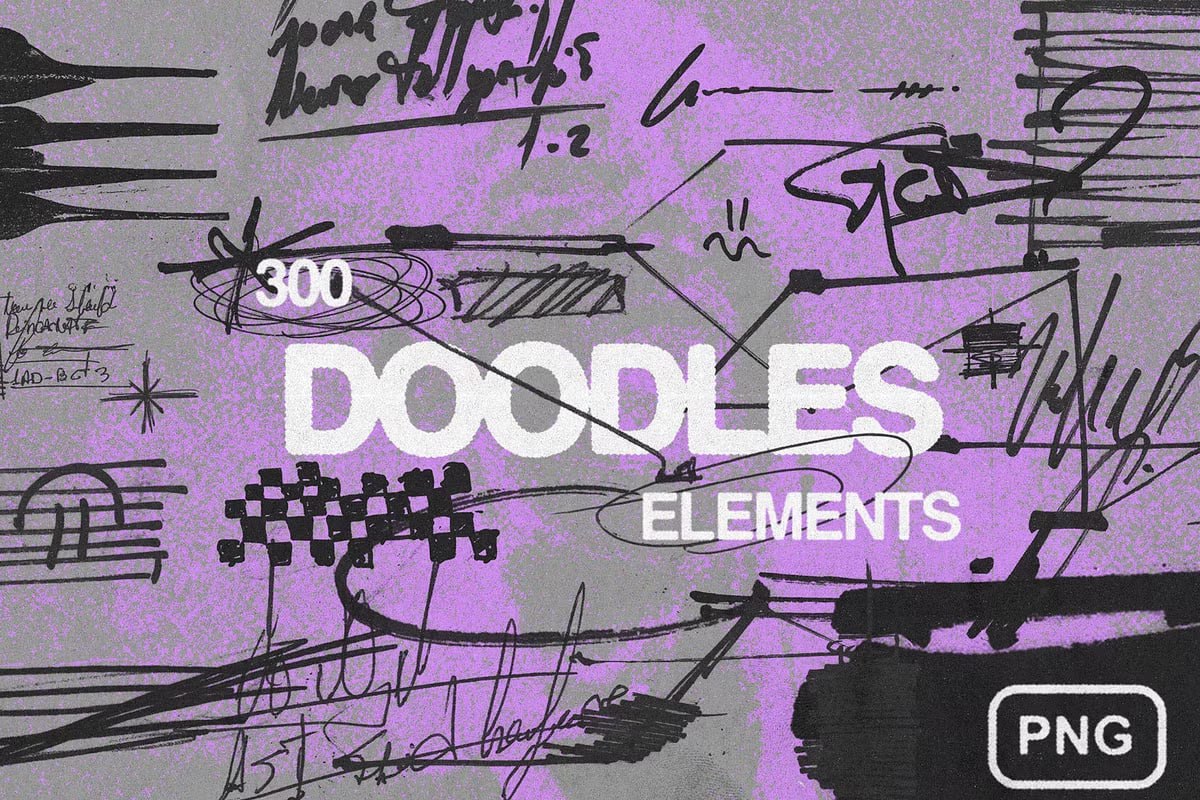

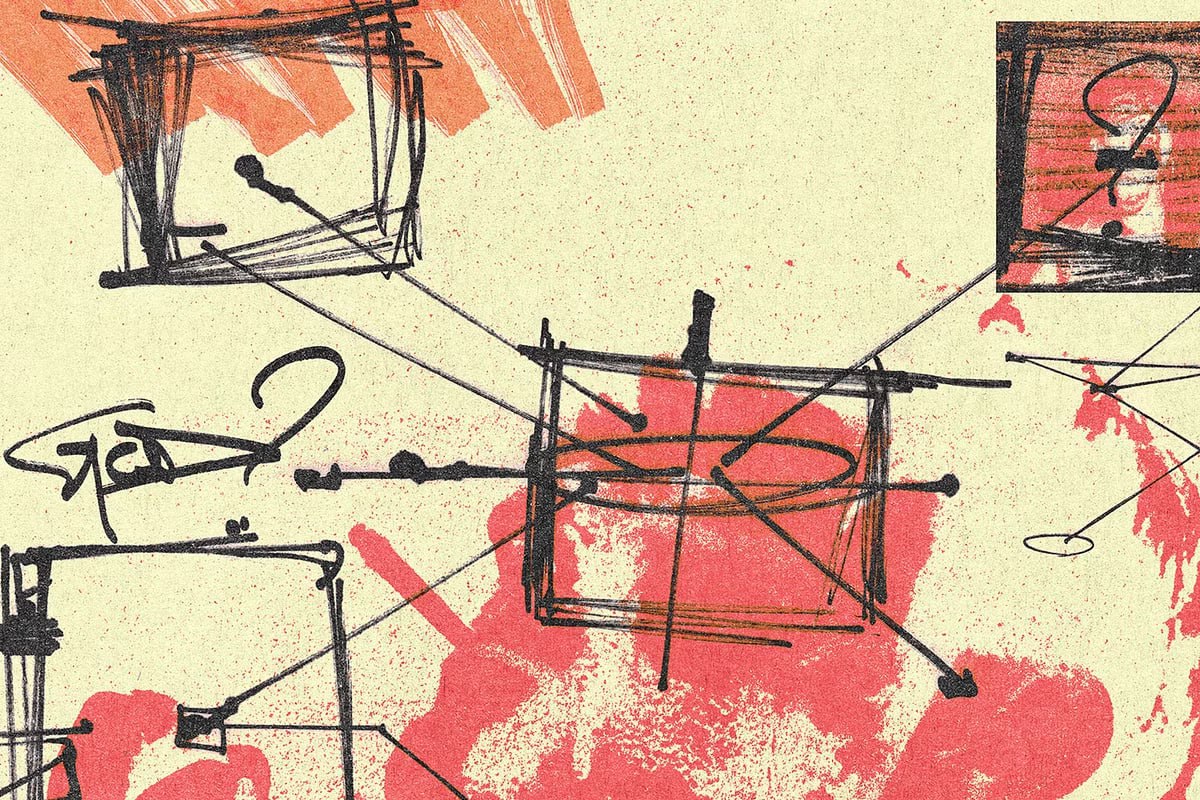
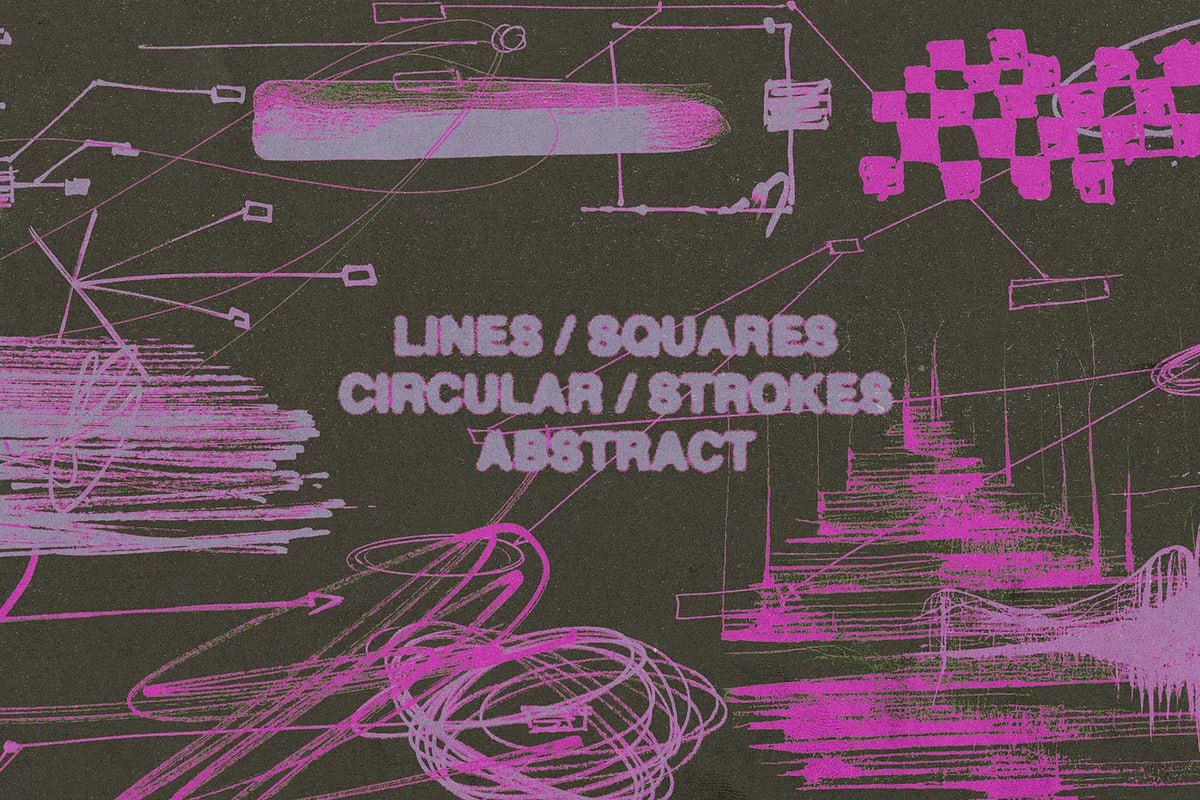

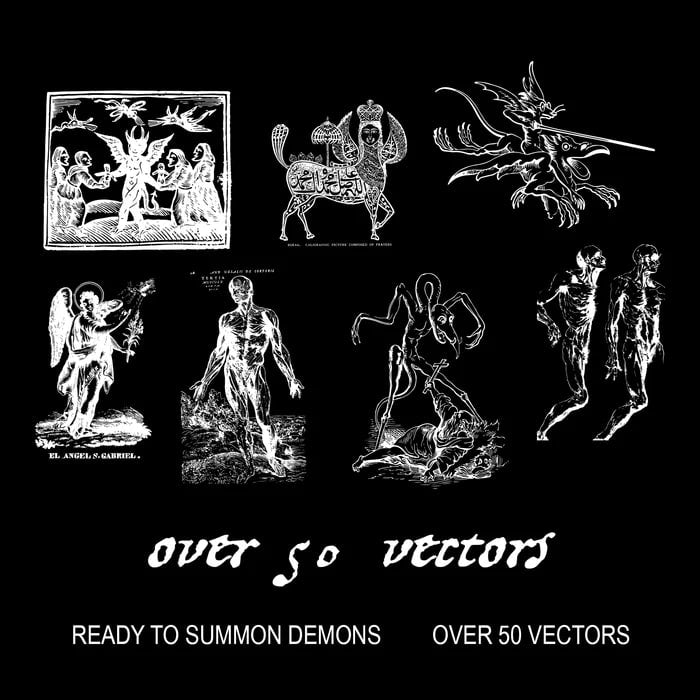
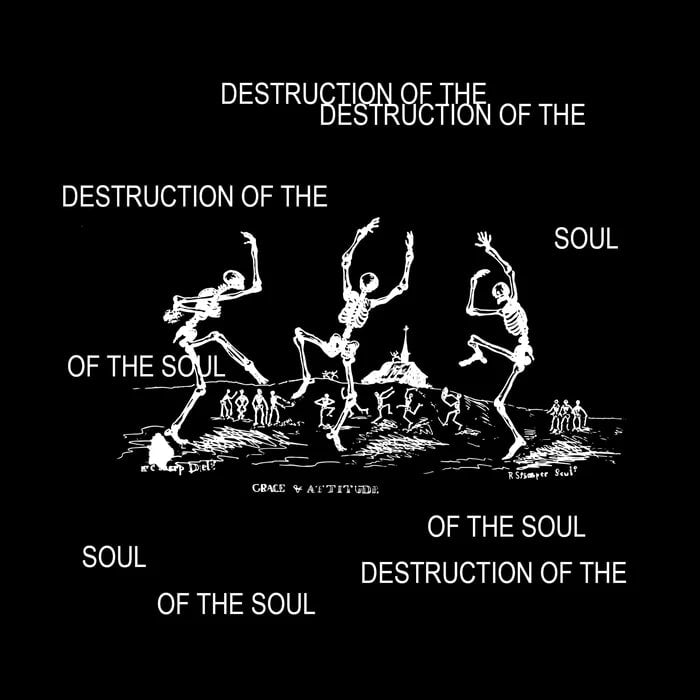

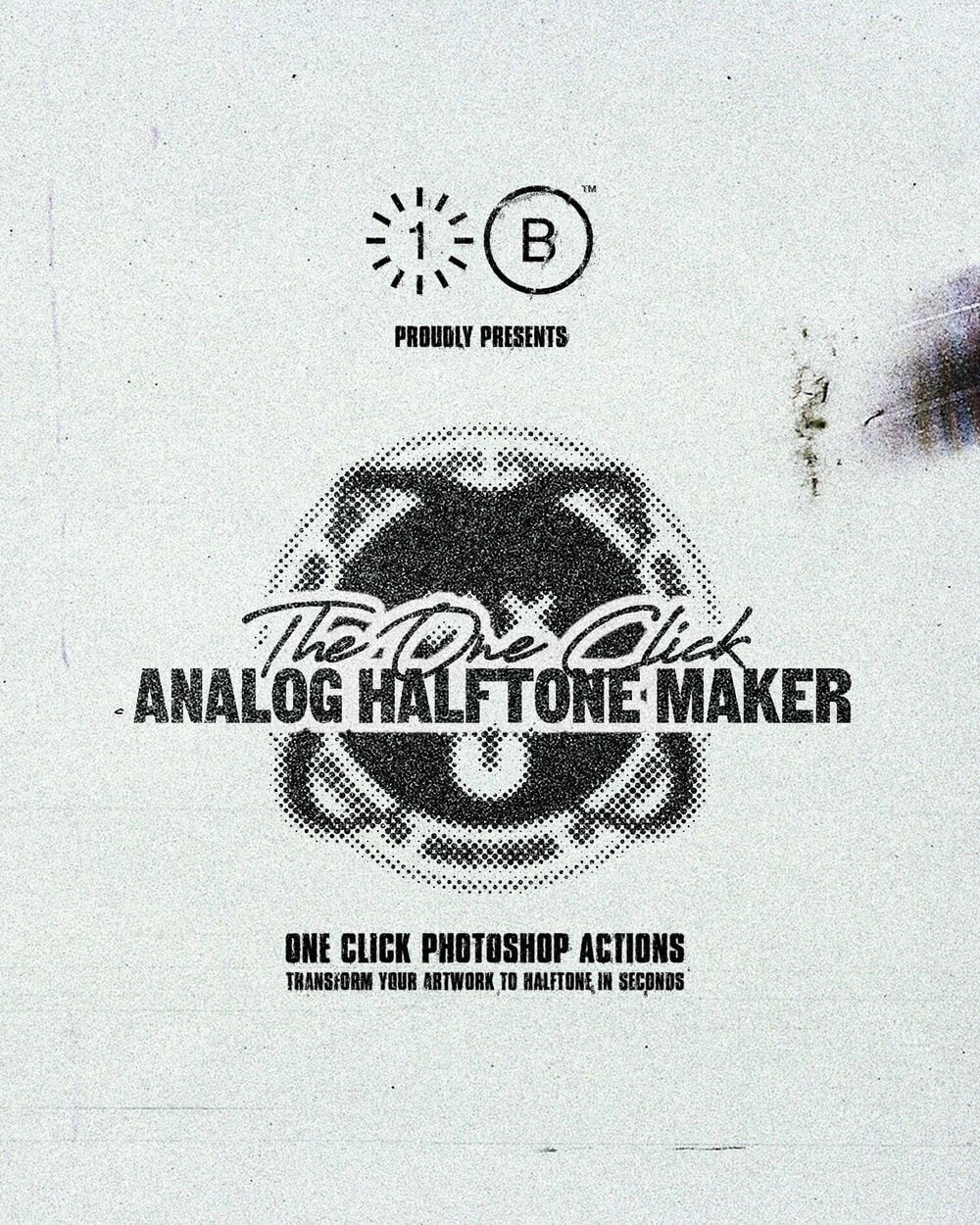
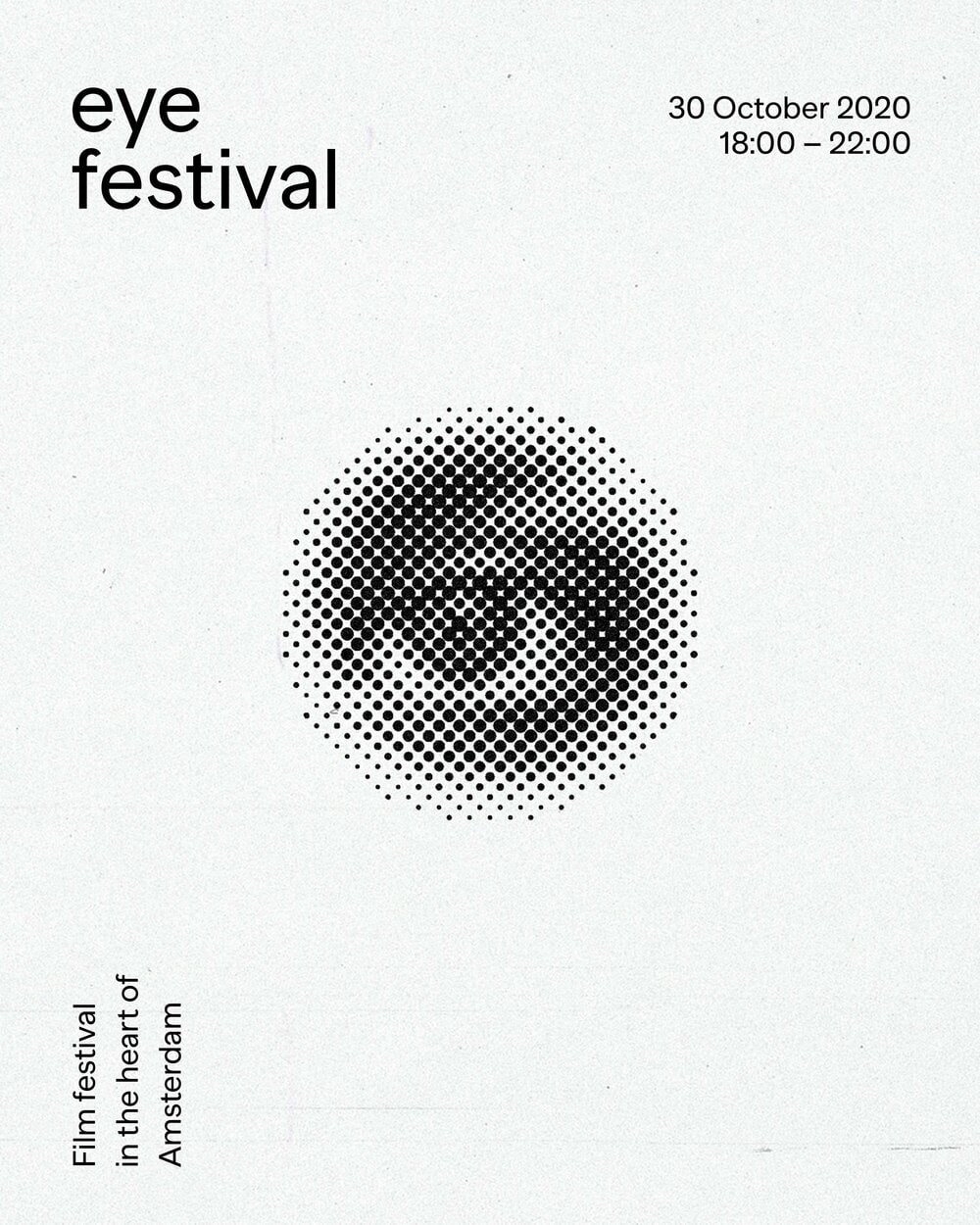
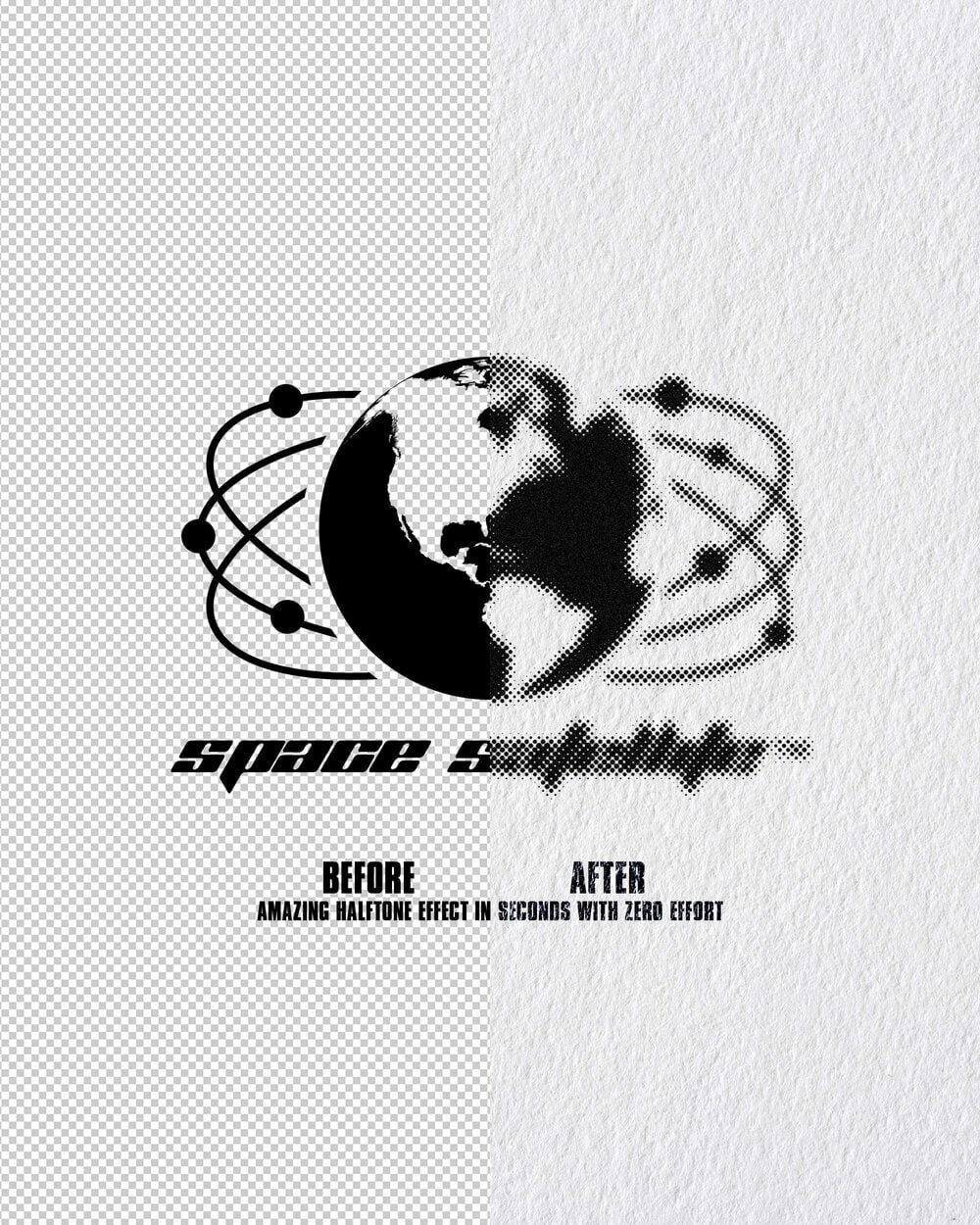
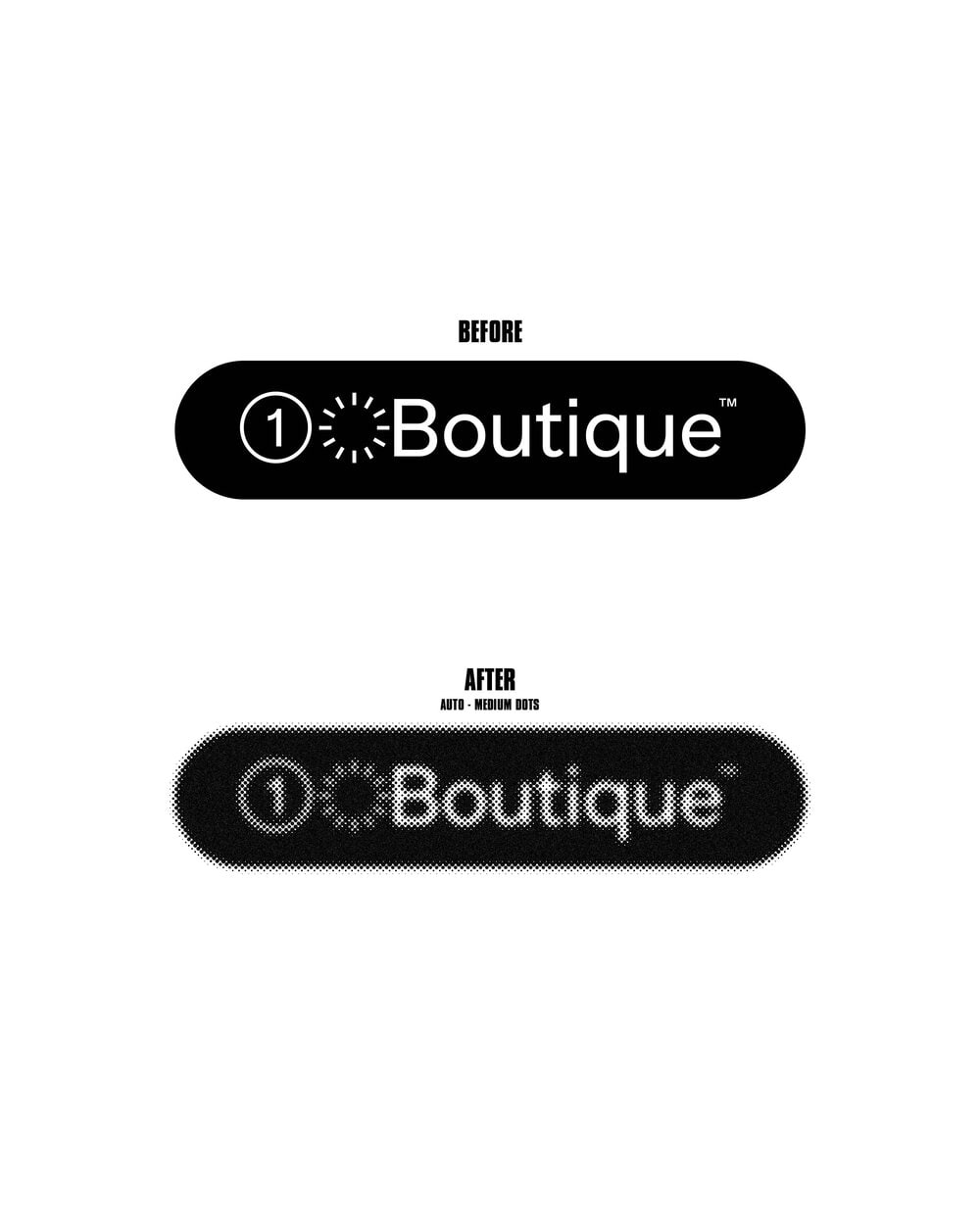

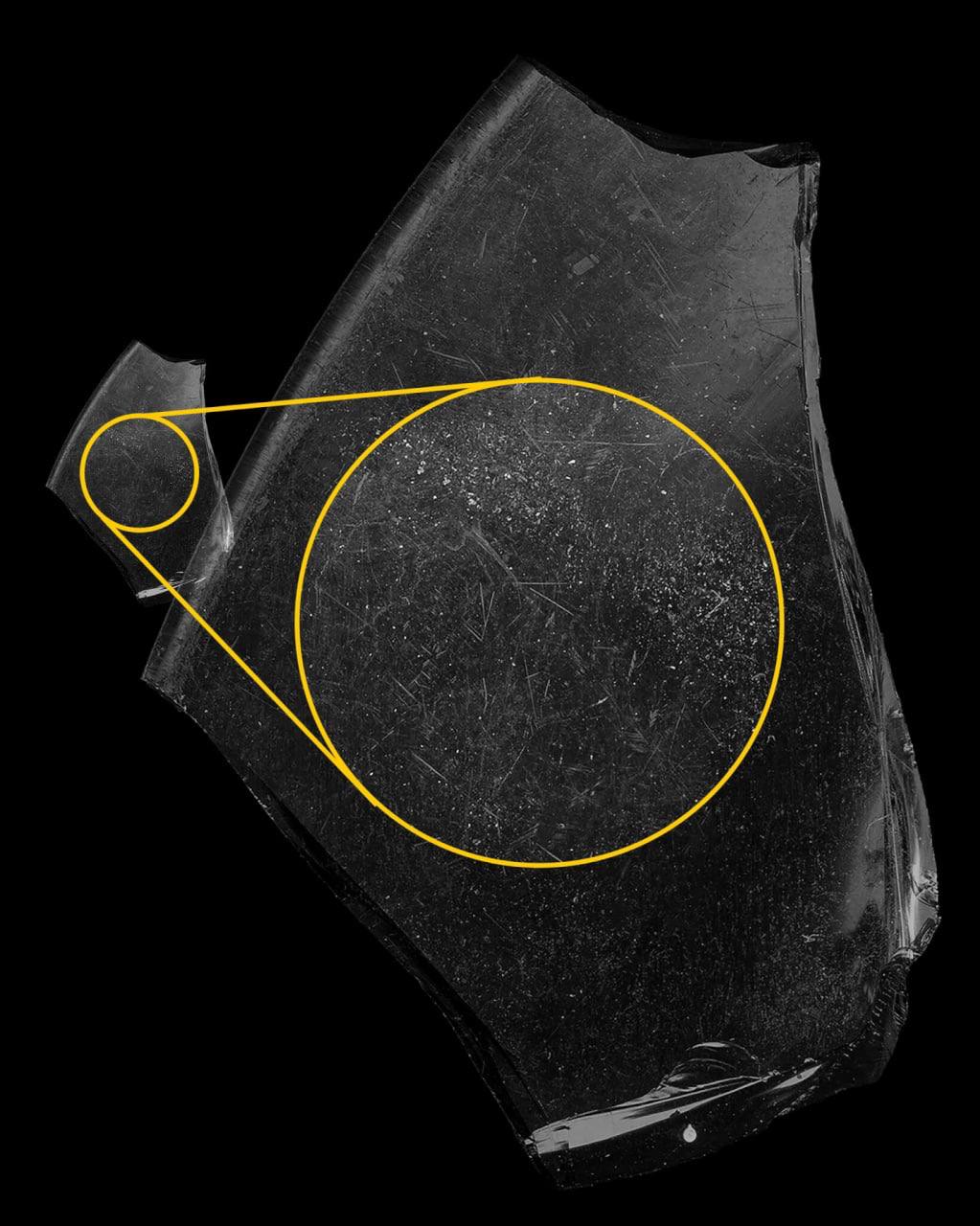

!["Friendly bowling" T-SHIRT [BY OldPiece]](http://hytrape.com/cdn/shop/files/store-1725996094337-3948653211.webp?v=1728406379&width=713)
!["Friendly bowling" T-SHIRT [BY OldPiece]](http://hytrape.com/cdn/shop/files/boulisteaction3.webp?v=1728406380&width=713)
!["Friendly bowling" T-SHIRT [BY OldPiece]](http://hytrape.com/cdn/shop/files/Slide2copie2.webp?v=1728406379&width=713)
![TEE SHIRT 'LA FENÊTRE BLEUE' [BY SOBRIDOLUCAS] HYTRAPE](http://hytrape.com/cdn/shop/files/unisex-organic-cotton-t-shirt-white-front-66d5ddf9ec561.png?v=1725292308&width=1000)
![TEE SHIRT 'LA FENÊTRE BLEUE' [BY SOBRIDOLUCAS] HYTRAPE](http://hytrape.com/cdn/shop/files/Snapinsta.app_457747205_1046967493462404_5975175811843993143_n_1080.jpg?v=1725290525&width=1080)
![TEE SHIRT 'LA FENÊTRE BLEUE' [BY SOBRIDOLUCAS] HYTRAPE](http://hytrape.com/cdn/shop/files/Snapinsta.app_457510027_354964294352070_6122665455252351037_n_1080.jpg?v=1725290667&width=1080)
![TEE SHIRT 'LA FENÊTRE BLEUE' [BY SOBRIDOLUCAS] HYTRAPE](http://hytrape.com/cdn/shop/files/unisex-organic-cotton-t-shirt-white-front-66d5ddf9f167b.png?v=1725292440&width=1000)



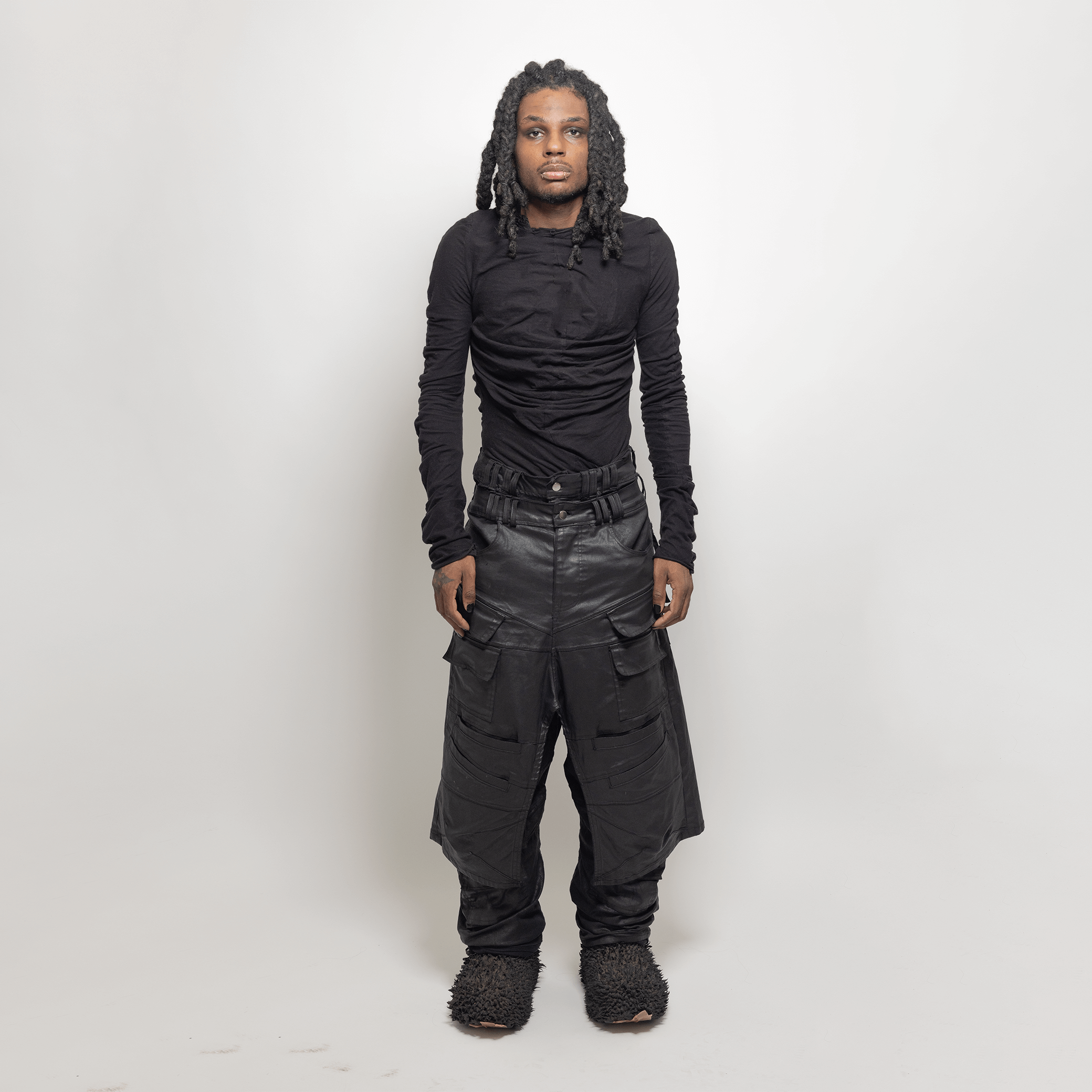







Share: